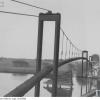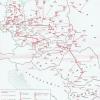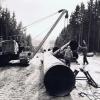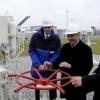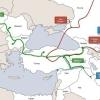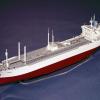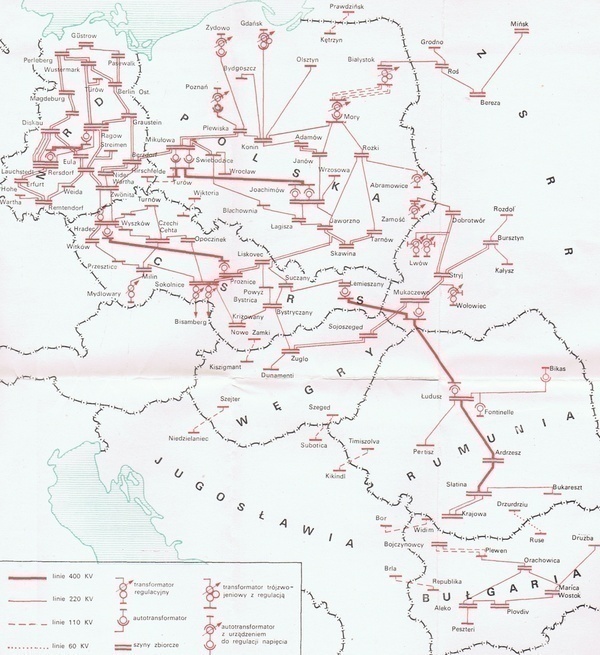Creating "Brotherhood" via energy networks in the 1960s
In the early 1960s, the Soviet Union set out to strengthen the ties between countries in the Council for Mutual Economic Co-operation (Comecon).
Cross-border networks were to become a central part of this effort. Their central plans were coordinated to allow countries to specialize in specific branches of production in order to generate greater co-operation. The growing industries of Soviet Union and its Eastern European allies required reliable and steadily growing supplies of energy, such as petroleum and natural gas. These were increasingly being found further and further east, from Ukraine to Siberia. An ever-increasing amount of effort and networking was necessary to exploit these resources.
Large network projects of this type also had clear symbolic value. Over the course of the 1960s, Comecon launched the "Peace Electric Power Grid," the "Friendship Oil Pipeline," and the "Brotherhood Gas Pipeline," with the latter coming into operation in 1967. Apart from financial participation and deliveries of pipes and heavy machinery, the East European countries had to provide the workforce, which was not always experienced at handling large diameter pipes and was not capable of working in severe conditions. This led to tension when the Soviet Union decided that it needed to send its own workers, who were used to working in Siberia, and demanded further compensation from its new "brothers."
Nevertheless, the pipeline served as a showcase of socialist cooperation and firm foundation of eternal friendship.
 Previous Story
Next Story
Previous Story
Next Story
How to cite this page
Slawomir Lotysz, 'Creating "Brotherhood" via energy networks in the 1960s', Inventing Europe, http://www.inventingeurope.eu/story/creating-brotherhood-via-energy-networks-in-the-1960s
Sources
- Jensen, Robert G. et all. Soviet Natural Resources in the World Economy. Chicago: University of Chicago Press, 1983.
- Stone, David R. "CMEA’s International Investment Bank and the Crisis of Developed Socialism." Journal of Cold War Studies 10, no. 3 (Summer 2008): 48-77.





